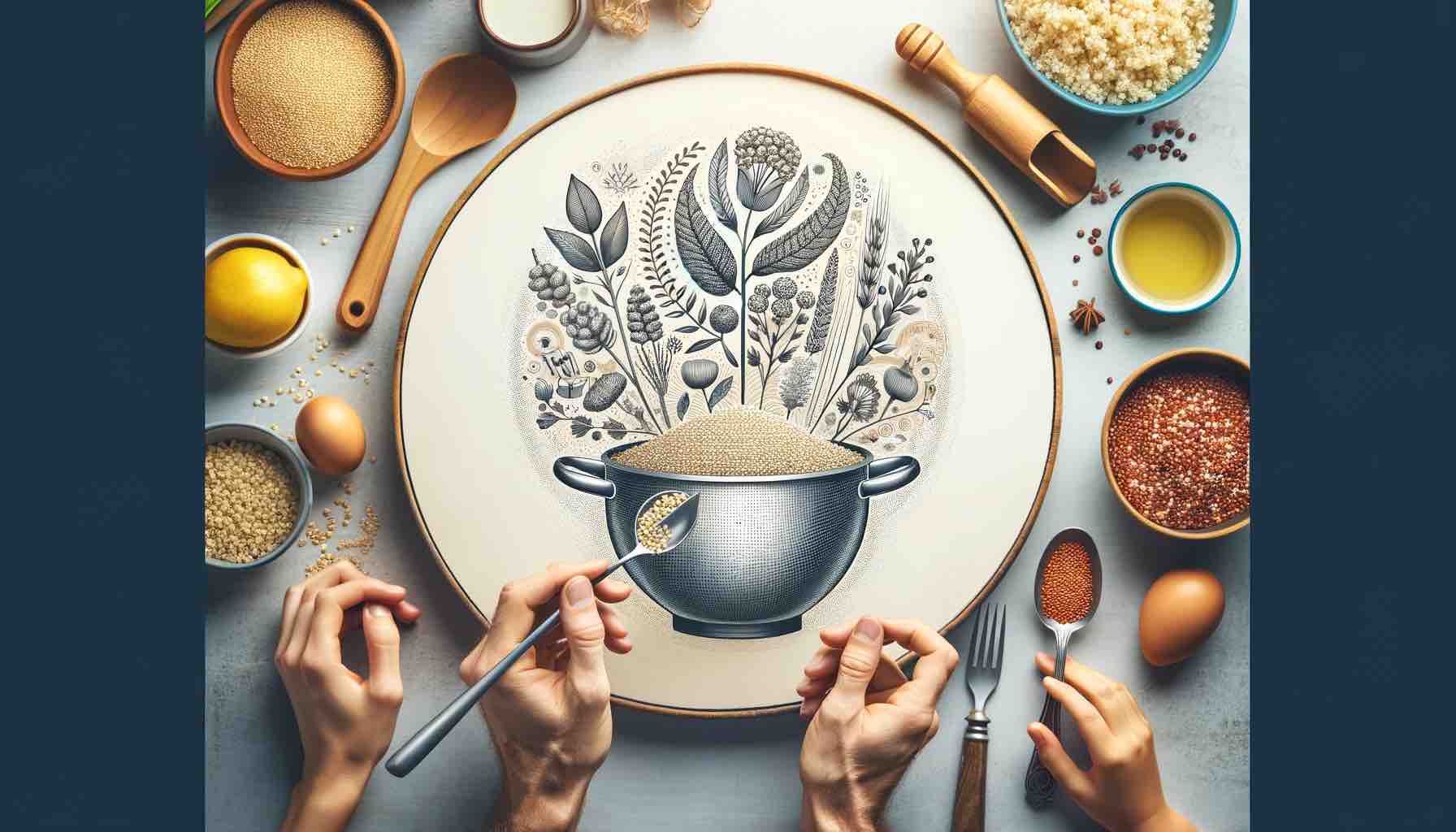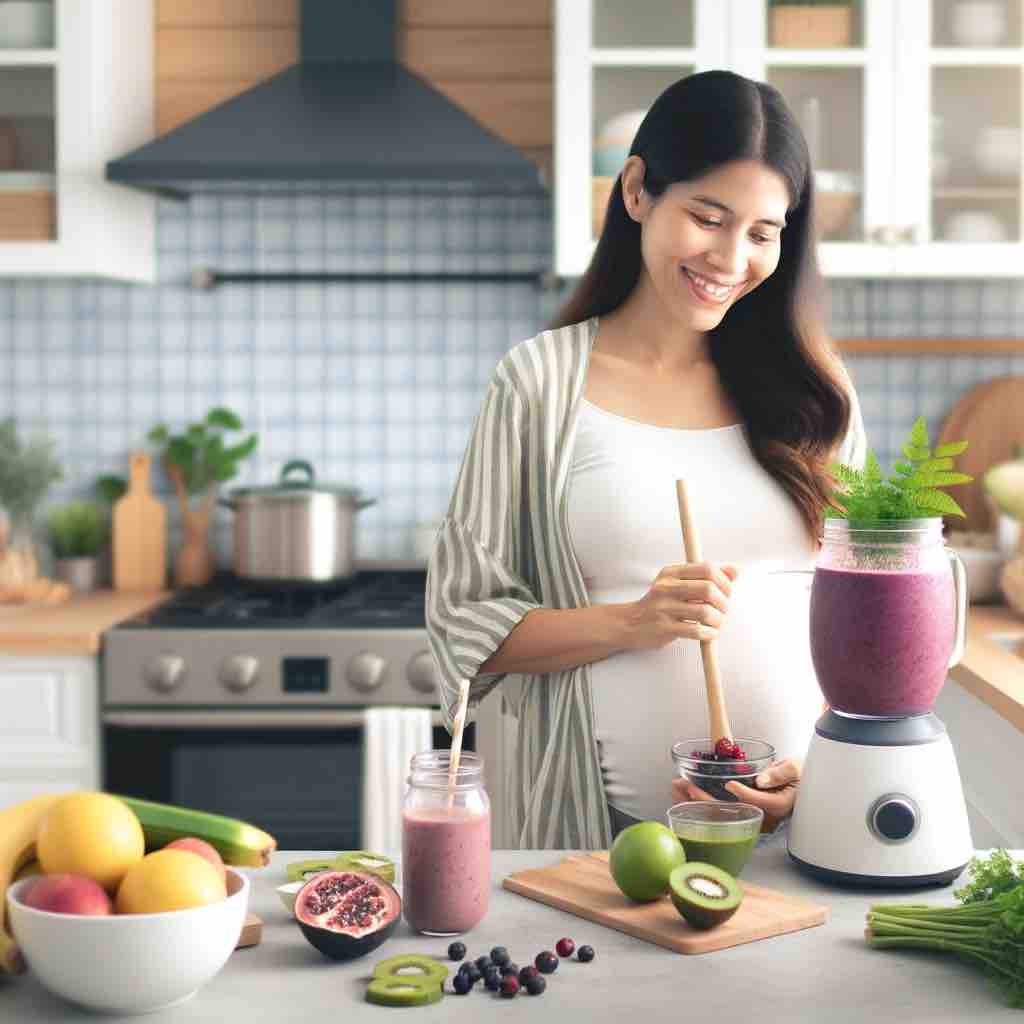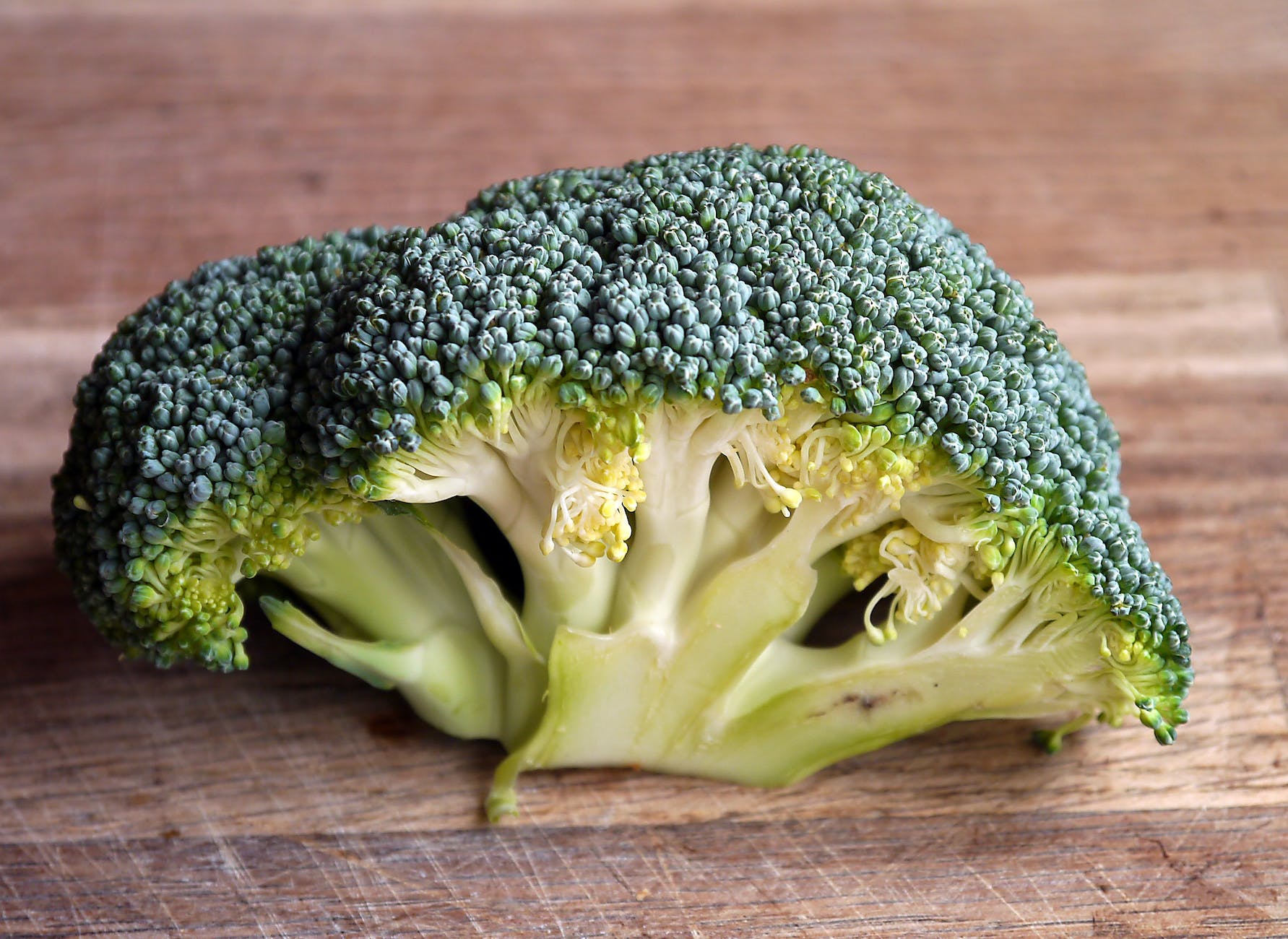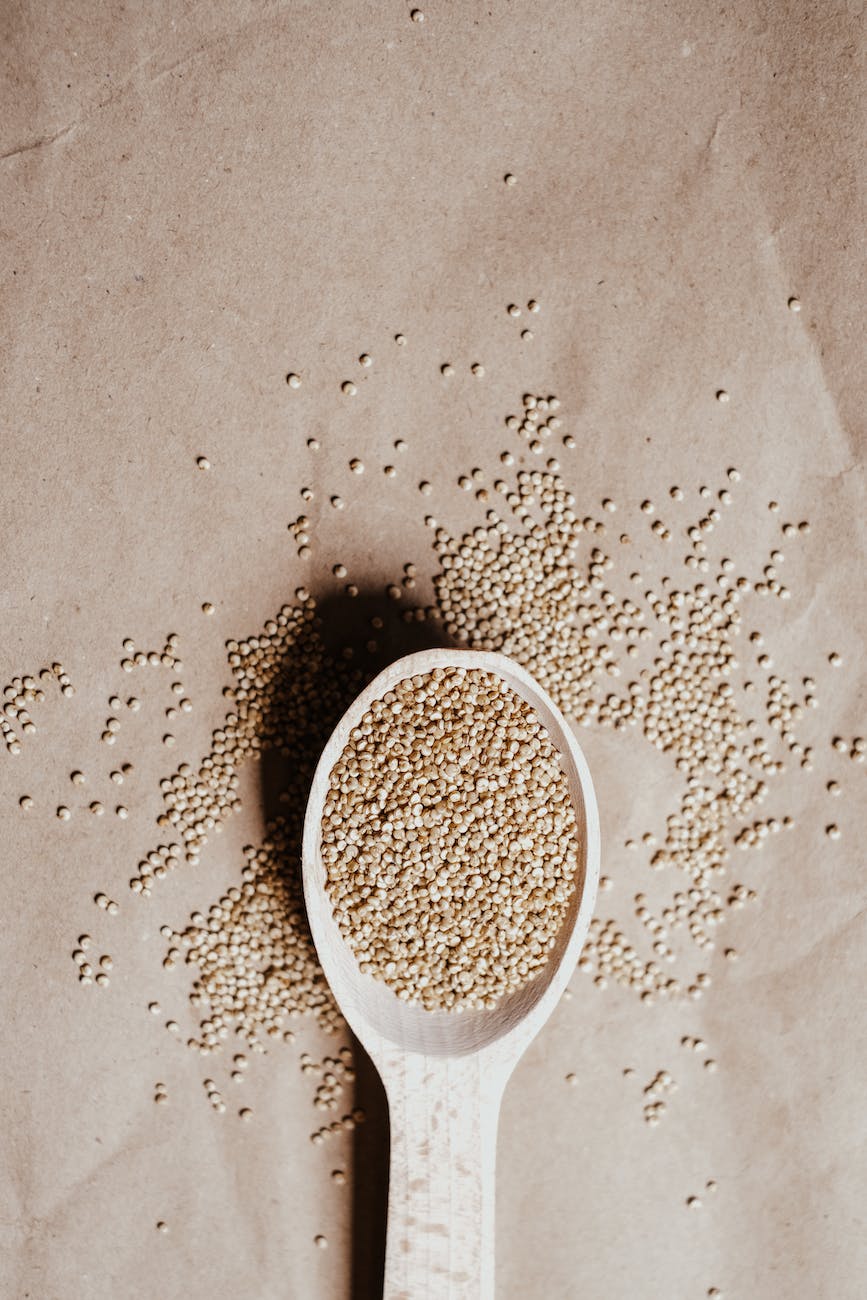
Introduction: Embracing the Quinoa Revolution
Welcome to this quinoa guide, where we delve deep into the world of this ancient superfood that’s capturing the hearts (and stomachs) of health enthusiasts globally. From its humble beginnings to its current status as a nutritional powerhouse, this guide covers everything you need to know about quinoa.
1. Quinoa Demystified: More Than Just a Grain
- What is Quinoa?: Quinoa, pronounced ‘KEEN-wah’, is a seed from the Chenopodium quinoa plant, often mistaken as a grain. It belongs to the same family as spinach and beets.
- Historical Roots: Revered by the Incas as the “mother of all grains,” quinoa has been a dietary staple in South American cultures for over 5,000 years. Its resilience to harsh growing conditions made it a reliable crop for Andean civilizations.
2. The Varied World of Quinoa: Colors and Types
- White Quinoa: The most common type, white quinoa is praised for its fluffy texture and mild flavor, making it a versatile ingredient in a myriad of dishes.
- Red Quinoa: Slightly chewier with a nuttier taste, red quinoa holds its shape better after cooking. Ideal for cold salads or dishes where texture is key.
- Black Quinoa: Known for its earthy taste and slightly crunchy texture, black quinoa is perfect for adding depth to salads and bowls.
- Tri-color Quinoa: A visually appealing blend of white, red, and black quinoa, offering a combination of textures and flavors.
3. Nutritional Breakdown: The Power of Quinoa
- Protein Content: Quinoa is a complete protein source, containing all nine essential amino acids, a rarity in plant-based foods.
- Rich in Fiber: High in dietary fiber, quinoa promotes digestive health and can aid in weight management.
- Vitamin and Mineral Rich: Abundant in vitamins (B1, B2, B6, and E) and minerals (magnesium, iron, zinc, potassium, and calcium), quinoa is a nutritional powerhouse.
- Low-Calorie, High Energy: Despite its low calorie count, quinoa is high in complex carbohydrates, providing sustained energy throughout the day.
4. Health Benefits: Why Quinoa Stands Out
- Heart Health: The fiber and healthy fats in quinoa can contribute to cardiovascular health.
- Blood Sugar Regulation: Its low glycemic index makes it a favorable option for blood sugar management.
- Anti-Inflammatory Properties: Contains phytonutrients with anti-inflammatory benefits.
- Gluten-Free: An ideal substitute for gluten-containing grains, suitable for those with gluten intolerance or celiac disease.
5. Cooking with Quinoa: Tips and Techniques
- Rinsing Quinoa: Rinse under cold water to remove saponins, which can impart a bitter taste.
- Cooking Method: Combine 1 part quinoa to 2 parts water. Bring to a boil, then simmer for 15-20 minutes.
- Flavorful Ideas: Cook quinoa in broth for added flavor; add herbs, spices, or citrus zest to enhance taste.
6. Quinoa in Global Cuisine: From Traditional to Modern
- Traditional Uses: In South America, quinoa is used in soups, stews, and as a side dish. Quinoa flour is used in baking.
- Modern Twists: Quinoa has gained international fame, appearing in salads, bowls, veggie burgers, and even in desserts.
7. Buying and Storing Quinoa: Maximizing Freshness
- Purchasing Tips: Look for pre-rinsed quinoa to save time. Bulk buying can be more economical.
- Storage: Uncooked quinoa should be stored in an airtight container in a cool, dry place. Cooked quinoa can be refrigerated for up to a week or frozen for longer storage.
8. Ethical Considerations: The Impact of Quinoa’s Popularity
- Economic Effects: Quinoa’s global popularity has both uplifted and strained the economies of traditional quinoa-growing countries.
- Sustainable Practices: Choosing fair-trade and organic quinoa can support sustainable and ethical farming practices.
Conclusion: Quinoa – A Superfood for All
Quinoa’s versatility, nutritional profile, and delicious taste make it a must-have in any kitchen. Whether you’re a health enthusiast, a culinary explorer, or simply someone looking for nutritious food options, quinoa offers something for everyone.
FAQs
- What exactly is quinoa? Quinoa is a seed from the Chenopodium quinoa plant. It’s often mistaken for a grain but is closely related to spinach and beets. It’s been a staple in South American diets for thousands of years.
- How does quinoa benefit my health? Quinoa is a complete protein, containing all nine essential amino acids. It’s also high in fiber, vitamins (B1, B2, B6, and E), and minerals like magnesium, iron, and zinc. It’s beneficial for heart health, digestion, and blood sugar regulation.
- Can people with gluten intolerance eat quinoa? Yes, quinoa is naturally gluten-free, making it a safe and nutritious alternative for those with gluten sensitivities or celiac disease.
- What are the different types of quinoa? The three main types are white, red, and black quinoa. White is the most common, with a mild flavor and fluffy texture. Red quinoa is nuttier and firmer, while black quinoa is crunchier and has an earthier flavor.
- How do I cook quinoa? Rinse quinoa under cold water to remove saponins. Then, cook it in a two-to-one ratio of water to quinoa, bringing it to a boil and simmering for about 15-20 minutes until it’s fluffy.
- Can quinoa be used in place of rice or pasta? Absolutely! Quinoa is a fantastic substitute for rice, pasta, and other grains. It’s versatile and can be used in a variety of dishes, from salads to stir-fries.
- Is quinoa good for weight loss? Quinoa can be a helpful part of a weight loss diet due to its high fiber and protein content, which can promote fullness and reduce appetite.
- How should I store quinoa? Store uncooked quinoa in an airtight container in a cool, dry place. Cooked quinoa can be refrigerated for up to a week or frozen for longer storage.
- Is quinoa environmentally sustainable? Quinoa is generally considered a sustainable crop as it requires less water than many grains. However, its rising popularity has raised concerns about sustainable farming practices in traditional growing regions.
- Where can I buy quinoa? Quinoa is widely available in supermarkets, health food stores, and online. Look for organic and fair-trade options to support sustainable practices.
Blog Tags:
Quinoa, Superfood, Healthy Eating, Gluten-Free, Vegan, Vegetarian, Whole Grains, Nutritional Benefits, Cooking Tips, Sustainable Eating












